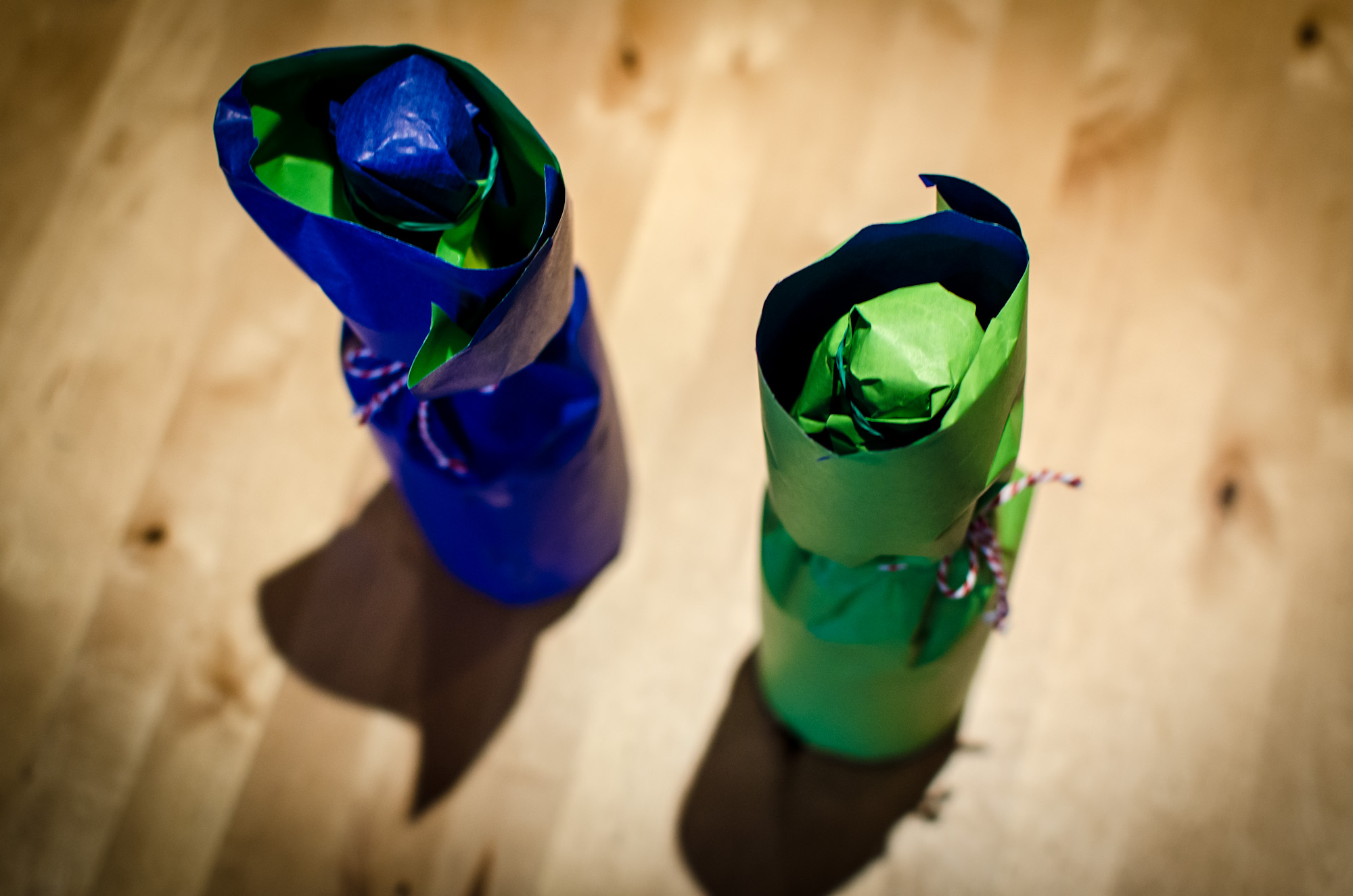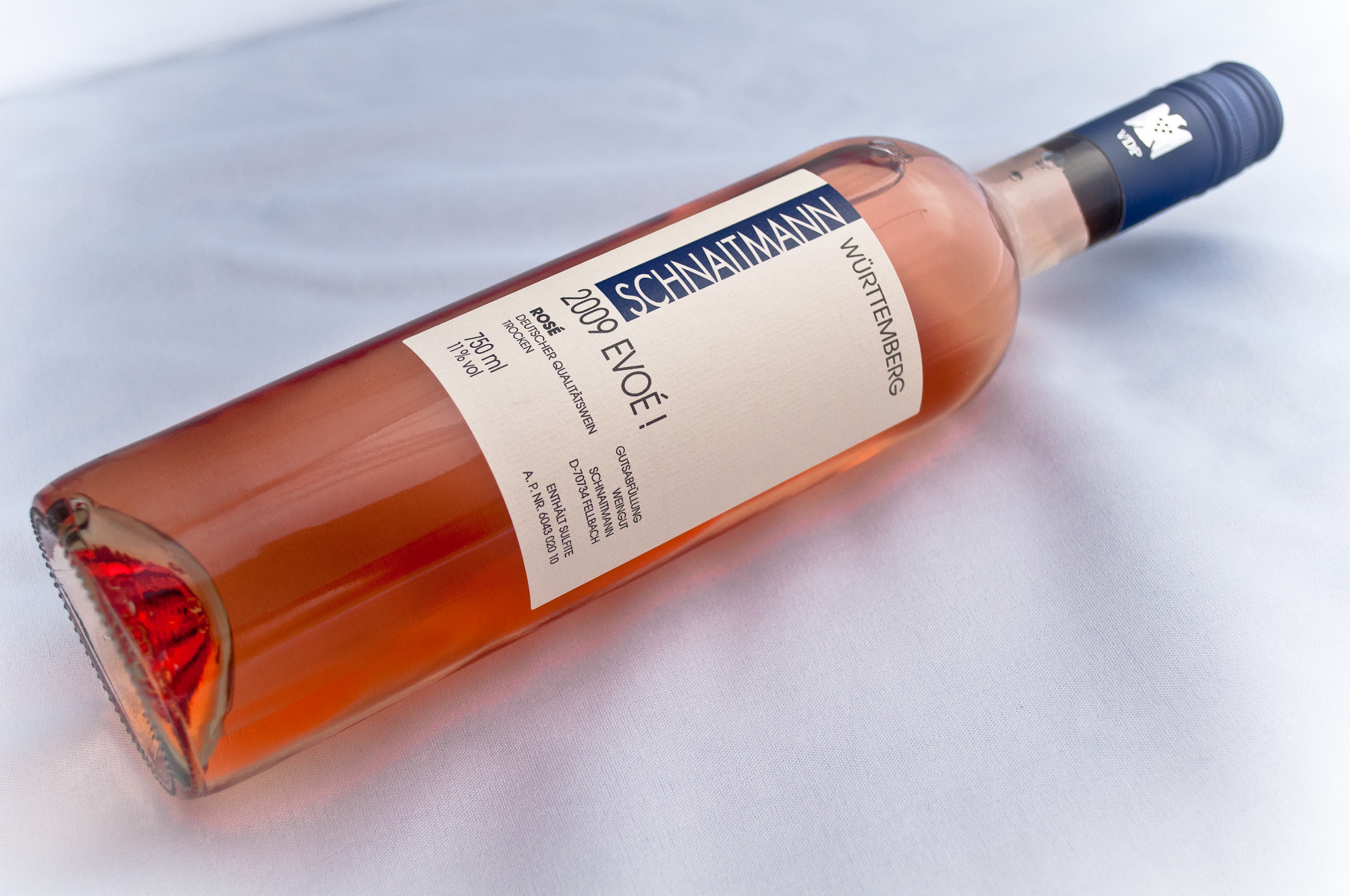Wyfold Vineyard, Brut, 2009
Rock star, film director or actor - you haven't really made it to the top unless you own a vineyard. If you want to be up there with Aykroyd, Banderas or Coppola making your own wine is now an even better status symbol than a private jet. In the case of Barbara Laithwaite I suspect the motivation was different. Like her husband Tony, the co-owner of the UK's biggest wine company has stayed away from the limelight, and I'd be surprised if she'd own a jet. She also resisted the urge to buy an existing winery in California or Provence and instead planted vines in the Chilterns to make sparkling wine.

Fast forward a few years to find the Wine Rambler sitting down with a glass of 2009 Wyfold Vineyard brut.








